Cultivating a chameleon like persona as author, subject and photographer, Jennifer Greenburg has created a sustained practice that offers revamped insight into varied American subcultures and popular myths. This fall, The COMP Magazine visited Greenburg at her Northside studio to discuss her long relationship with the city of Chicago, her current project, Revising History, the 2010 monograph, The Rockabillies, and the effect of time upon the interpretation of a photograph.
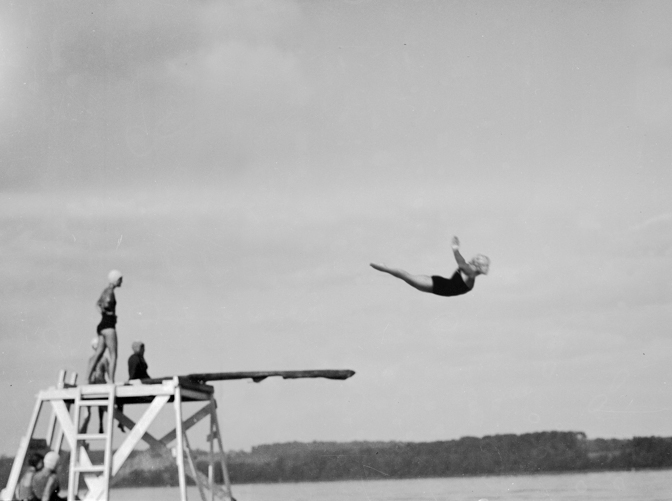
Jennifer Greenburg, Diving off the shores of Lake Michigan, 2012
You grew up in Chicago, studied at SAIC, then at the University of Chicago. Can you share with us how your relationship to the city has evolved?
I grew up in inner city Chicago, so I am a rare breed of City Kid. That means I think the city is all mine, and that someone should be consulting me regarding all city matters. I am very worried about the removal of unique architecture and the loss of our small businesses. Suburban-feeling chain stores are everywhere and it’s really taking away from the magic of this city. The demands of complaining transplants from the suburbs, Michigan, Wisconsin, and the likes, are upsetting. I have no idea why they live here in the first place since they clearly aren’t enjoying themselves and find so much displeasure with just about everything. I get tired and annoyed just thinking about it. I miss the Bagel Nosh, Maxwell Street, and the hookers on North Avenue! They sure knew how to dress fancy.
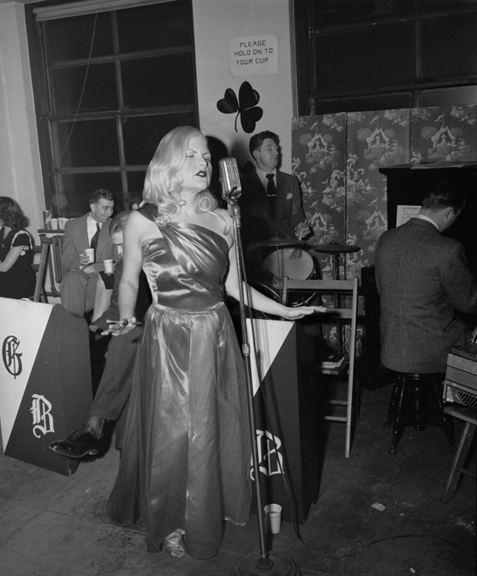
Jennifer Greenburg, Two Years later, I was drunk enough to sing at the St. Pat’s party.
How embarrassing! 2014
You published the book Rockabillies in 2009 with the Center for American places. Can you share with us your fascination with this topic and how the project came to fruition as a photobook?
I was a punk/goth/alterna kid in the late 1980’s/early 1990’s and thrifting was something I got into as a pre-teen. Most of my friends at that time were drag queens, cross-dressers, or “sartorialists” who were beyond categorization. Beaded cocktail dresses and mermaid gowns from the 1940’s and 1950’s were easy to find in those days, and at $2-$5 a piece, they were even harder to pass up. “I cannot leave this here!,” was a phrase my friends and I constantly said to each other. “Darling, you NEED this. You’ll look just like Jean Harlow! And I’ll look just like Joan Crawford!” they would say. And so my collection began amassing 25+ years ago.
When I finished my MFA at the University of Chicago, September 11th happened. It was a terrible time to begin ones adult life. I managed to scrape up a “Mc-Job,” but things were not as I imagined they would be. There seemed to be no hope and very few prospects. But I still had my passion for collecting. And so I began to investigate alternatives to the thrift store. It’s a funny thing to think about now, but at that time, the Internet, as we know it, was just getting started. There were a bunch of message boards dedicated to people who loved the same things I loved and I began joining the groups.
My initial thought was that the people who were part of these groups were artists who were just interested in the design and the style of mid-century Americana. It was a period for design, after all. But what I discovered was so much more involved than I ever would have predicted. I found that an entire culture existed around the music, the clothes, and the ephemera. It was a culture that embodied a lot of traditional American ideals, like marriage, children, etc. To me, this was quite radical! “Marriage? Children? The SUBURBS? What is going on here?” And so I began photographing. What else could I do? I had to start thinking about what I was witnessing. And as a good documentarian, I worked on getting to know each person before I ever took out the camera. Establishing true friendships was deeply important to me. I did not want to be viewed as a tourist because I was not, nor am I now, a tourist in this sub-culture. I had been participating for years in my own vacuum. In some ways, the entire book is a self-portrait. I worked very hard to collaborate with each person on how the photo would look and each image is a representation of “us” even though I do not appear in any of the images. I was respectful and considerate. I only wanted to show the positive and beautiful things. I do think it’s a wonderful culture and I am happy to be a continued part of it over the past fifteen years.
The work functions better and the images are more understandable as a collection. Sometimes when someone sees the individual images, they assume they are commercial images that employed set designers and wardrobe specialists. When you see the body of work in book form, it is easier to realize that the images are not staged. They are images of real people in their real environments. That was important to me at the time I made the work.
The work being translated into book form was also important to me because I wanted there to be a permanent record of this [my] subculture in its incarnation at the time the work was made. The culture has radically changed in the past fifteen years. The individuals I photographed have also changed. Everything is temporary. But my book will exist in collections forever.
To view or purchase the book, please visit: Jennifer Greenburg, The Rockabillies (Center for American Places – Center Books on American Places), Chicago, IL, 2010
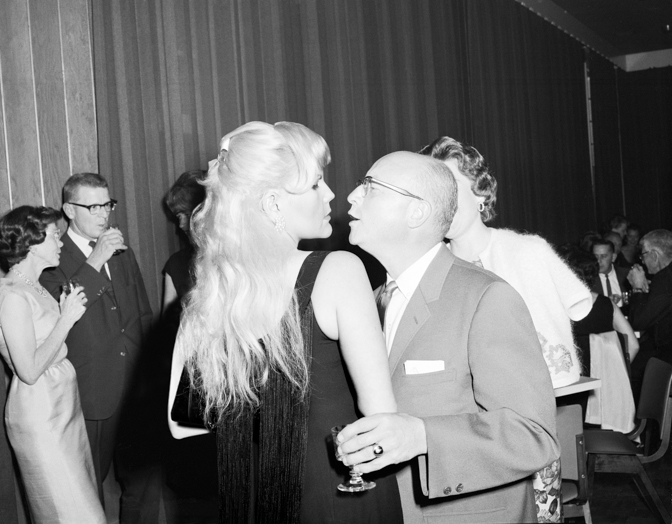
Jennifer Greenburg, I have never been good at handling unwarranted attention, 2015
Currently you are working on Revising History. In this project you are working with vintage found negatives and yourself as model. On one level you are looking at the artifice of the snapshot. In our conversation, you mentioned how certain images and poses have been reproduced regularly throughout photography history. Can you expand upon this thought?
Revising History is a study on photography, the nature of the vernacular image, and its role in creating cultural allegories. The work intends to create a dialogue about the photograph as simulacrum- the moment versus the referent. To engage these layered truths I replace the central figure in found mid-century (1940’s –1960’s) vernacular photographs with an image of myself. In doing so I effectively hijack the memory and create a “counterfeit” image. Most do not stop to think about the ubiquitous nature of the camera or the impact of pictures, but snapshots now intervene in almost every aspect of life – the pinnacle and the banal. The danger in this is we seem to have forgotten that the picture liberates the moment from reality, erases vantage, and is inevitable susceptible to co-opted or underwritten fantasy.
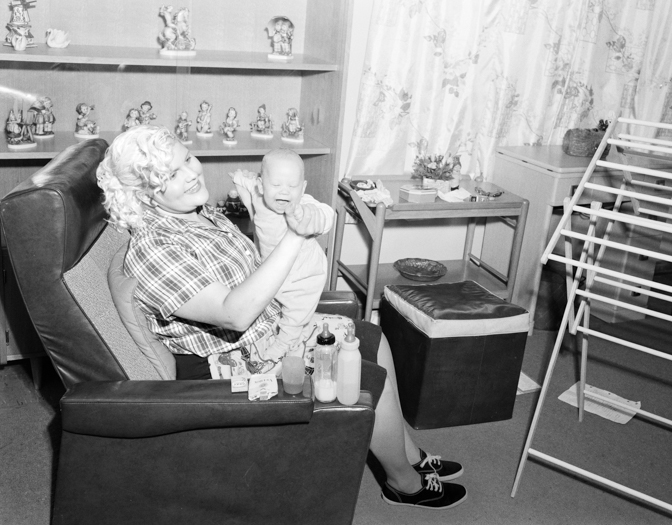
Jennifer Greenburg, When he was a baby, 2011
Early works in Revising History speak to idealized moments. I become something of a period heroine graduating from finishing school, singing at a St. Patrick’s Day party, performing a perfect swan dive, and more. Recent additions to the series begin to break these conventions, and include awkward moments or point to historical oversight. Mid-century America is often idealized as a purer, simpler time, when it ought to be remembered for its inequity and stirring unrest. Images help us remember selectively, and the myth around the period perpetuates, in part, via collective vernacular contributions.
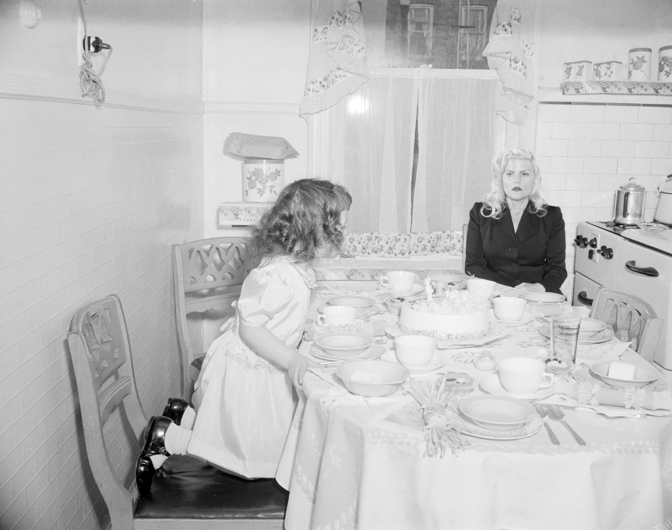
Jennifer Greenburg, I have always preferred my own birthday, 2015
My studies of vernacular photography lead me to conclude that we share nearly identical visual narratives. Documented moments are parallel if not nearly identical. I have further discovered that conventions of composition, lighting, and expression are closely followed without much variation. If such visual conventions underpin vernacular photographs, then it is reasonable to infer that the end result is not particularly unique to the person or place represented within the image. The end result is merely a duplicate of all other similar image-types. It is as if we are making these images to prove not only existence but also to testify belonging, happiness, and our accomplishments. However, these images prove our conformity more than our uniqueness.
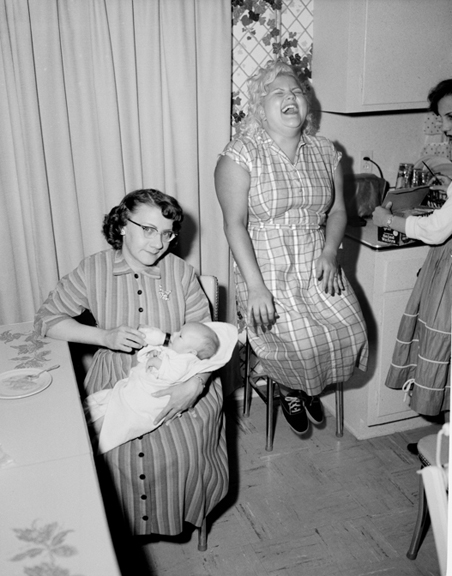
Jennifer Greenburg, Something funny happened in the kitchen, 2011
The purpose of transforming the “originals” is to underline existing and universally understood allegories. The creation of the “counterfeit” transmogrifies the “original” into an iconic symbolization of a type of moment. My intervention in these found vernaculars is how I hope the series engages the audience in a conversation about the way we interpret the media, record personal memories, and establish collective history.
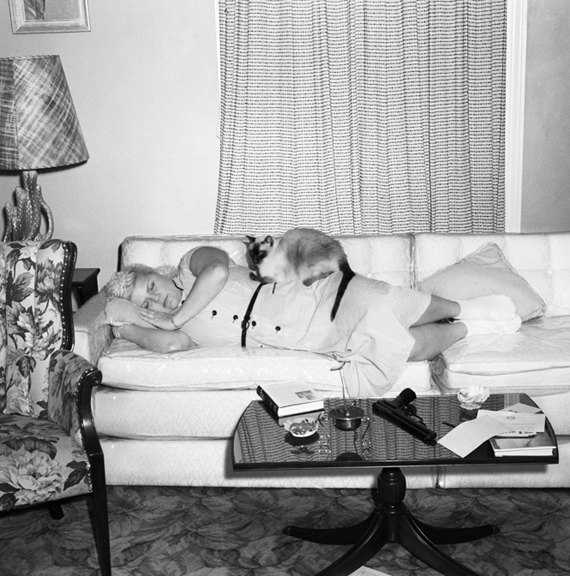
Jennifer Greenburg, Napping with Floyd, 2011
You are also an Associate Professor of Photography & Printmaking at Indiana University Northwest in Gary, IN. Are there any specific dialogues or practices you feel are absolutely necessary sharing with your students?
The most important skill one can possess is to be an independent, self-motivated, problem solver. That, I believe, is really all it takes to be successful in any field. If my students can learn to be those things from me, then I am completely satisfied. I try to lead by example as I work tirelessly in my own studio practice and research and I am rarely deterred. “Why not you!” is my mantra. I believe in my students and if I can get each of them to believe in themselves, then I think I have contributed positively. That is my greatest hope.
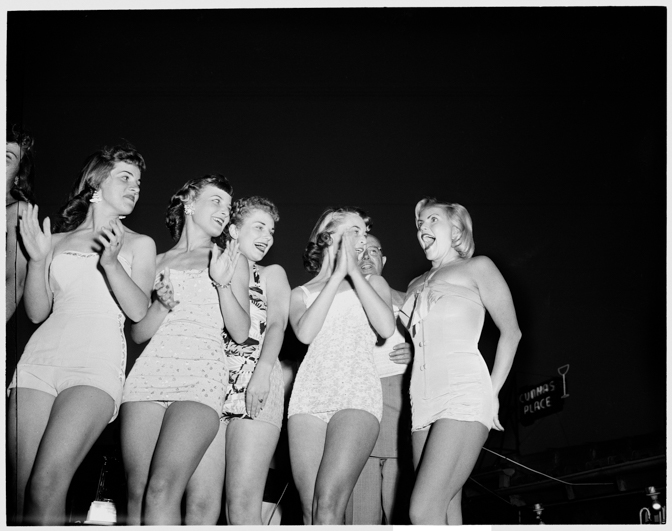
Jennifer Greenburg, I was not the thinnest, nor the prettiest, but I was the winner! 2015
What do you value most in your photography practice?
I value the conversation. I am only interested in making communicative art and therefore the dialogue that I hope to have with the audience is very important to me. I hope your readers will join me at the Society of Photographic Educators Conference March 2016. I will be speaking about my work and opening up the question and answer session in the hopes of fostering an interesting dialogue.
2016 SPE National Conference: https://www.spenational.org/conferences/speakers/jennifer-greenburg
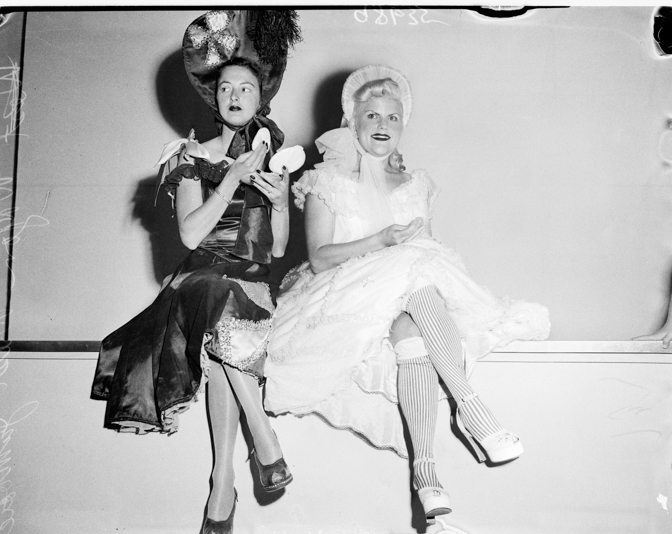
Jennifer Greenburg, Of course we all wanted to look like Peggy Castle at the Wagon West party! 2014
So, what is on the slate for the rest of 2015 and the New Year? Are planning any exhibits, continuing research, or any new projects?
I am speaking about my work at the Society of Photographic Educators Conference on March 11, 2016 at 1:00 in Las Vegas, Nevada. The following week, March 19, 2016, I have a solo exhibition opening at jdc Fine Art in San Diego, California.
I will have work in exhibition at Photo LA January 21-24 2016, and at Classic Photographs, Los Angeles, January 30-31, 2016.
In terms of new research, I work everyday. I take no breaks. These pyramids don’t build themselves.
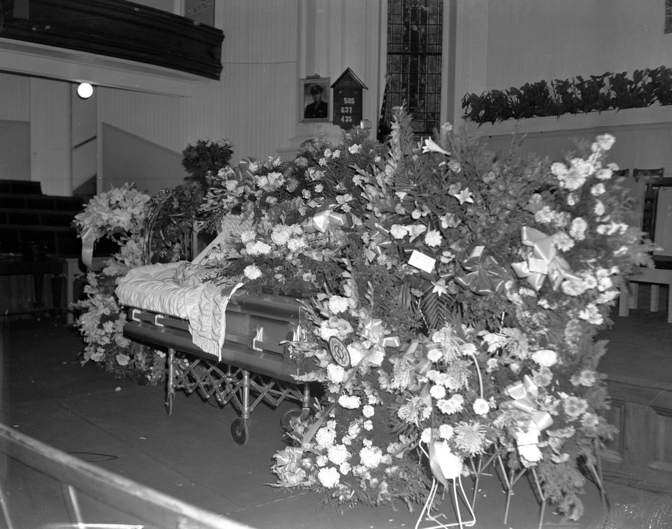
Jennifer Greenburg, My funeral, 2012
For additional information on the work of Jennifer Greenburg, please visit:
Jennifer Greenburg – http://www.jennifergreenburg.com/
Museum of Contemporary Photography (MoCP Chicago) – http://www.mocp.org/collection/mpp/greenburg_jennifer.php
PetaPixel – http://petapixel.com/2014/01/22/revising-history-photoshop-interview-jennifer-greenburg/
Visual News – http://www.visualnews.com/2013/11/07/jennifer-greenburg-inserts-vintage-snapshots/
Additional works by Jennifer Greenburg:
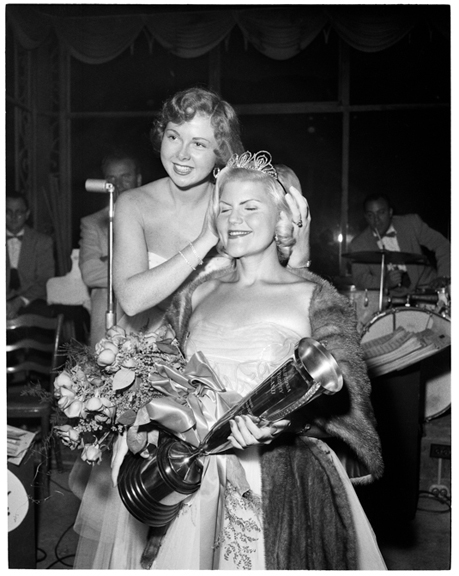
Jennifer Greenburg, It was finally my day! 2015
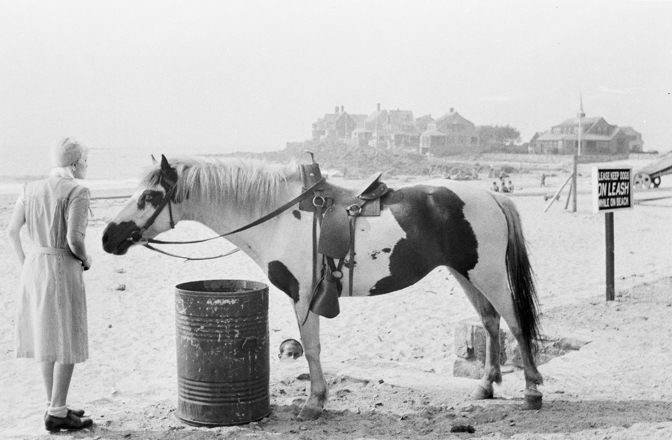
Jennifer Greenburg, It took a lot of courage for me to tell him he could not ride my horse, 2015
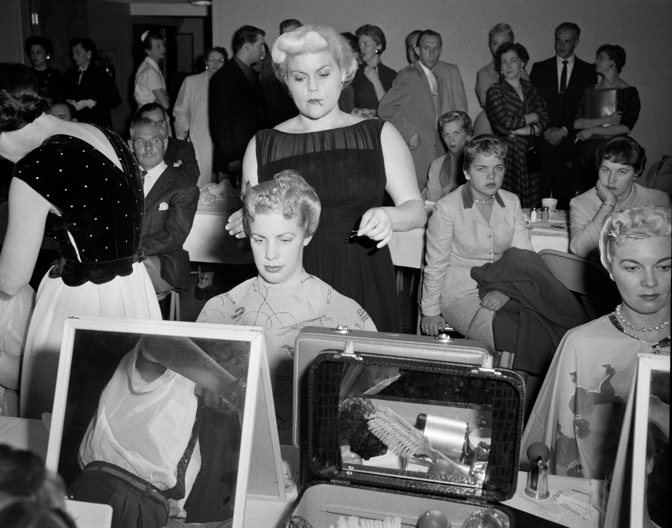
Jennifer Greenburg, My dreams came true the day I hair for a fashion show, 2013
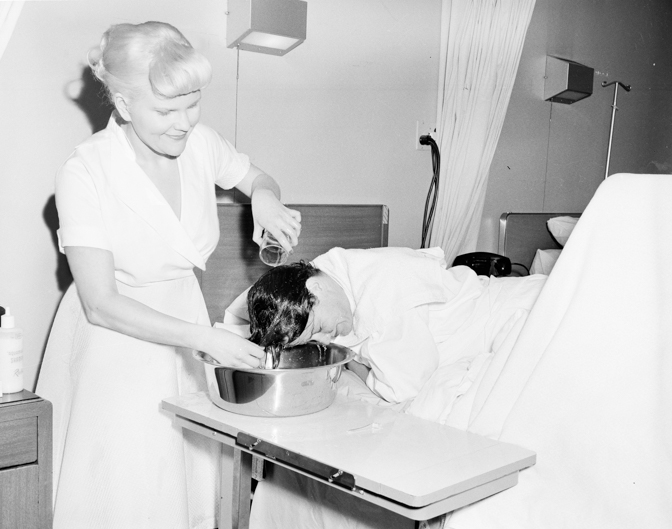
Jennifer Greenburg, I met my dearest friend Dottie when I was a nurse, 2014
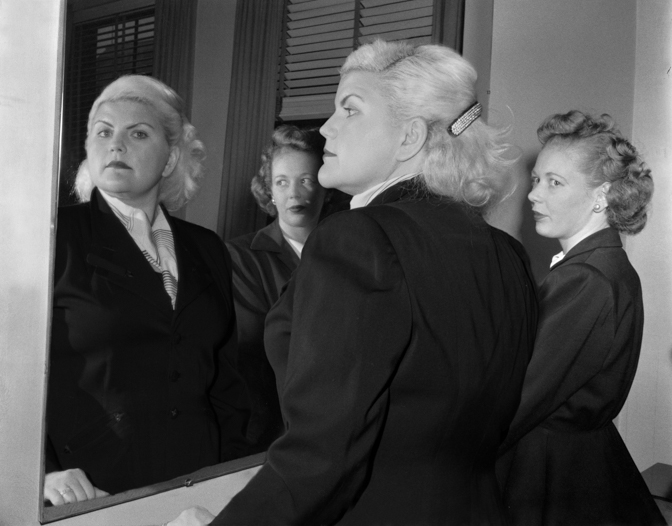
Jennifer Greenburg, My coworker was always jealous of my blonde hair, 2013
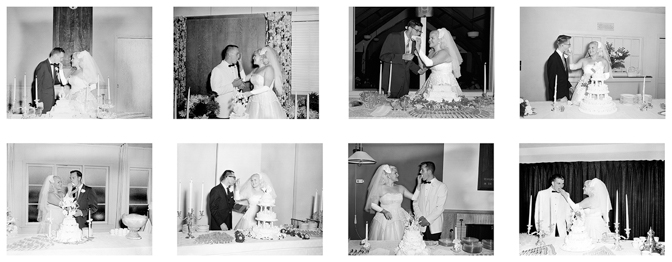
Jennifer Greenburg, Our first joint task as a married couple, 2013
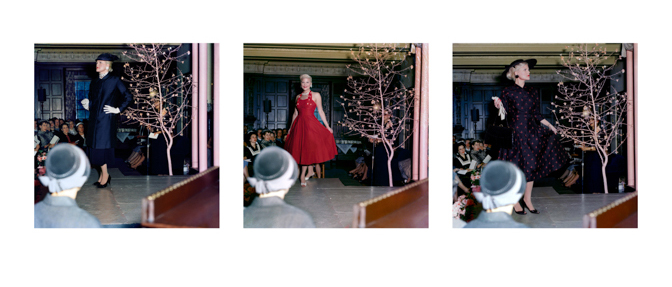
Jennifer Greenburg, Sadie Cohen was upset that I got to model in the Hadassah fashion show.
She didn’t speak to me for weeks! 2015
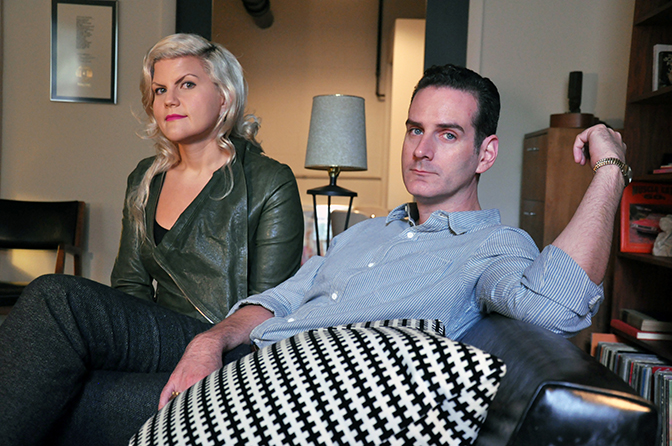
Jennifer Greenburg, photographer, & Casey Stockdon, 3-D Designer, Chicago, 2015
Interview and portrait by Chester Alamo-Costello


